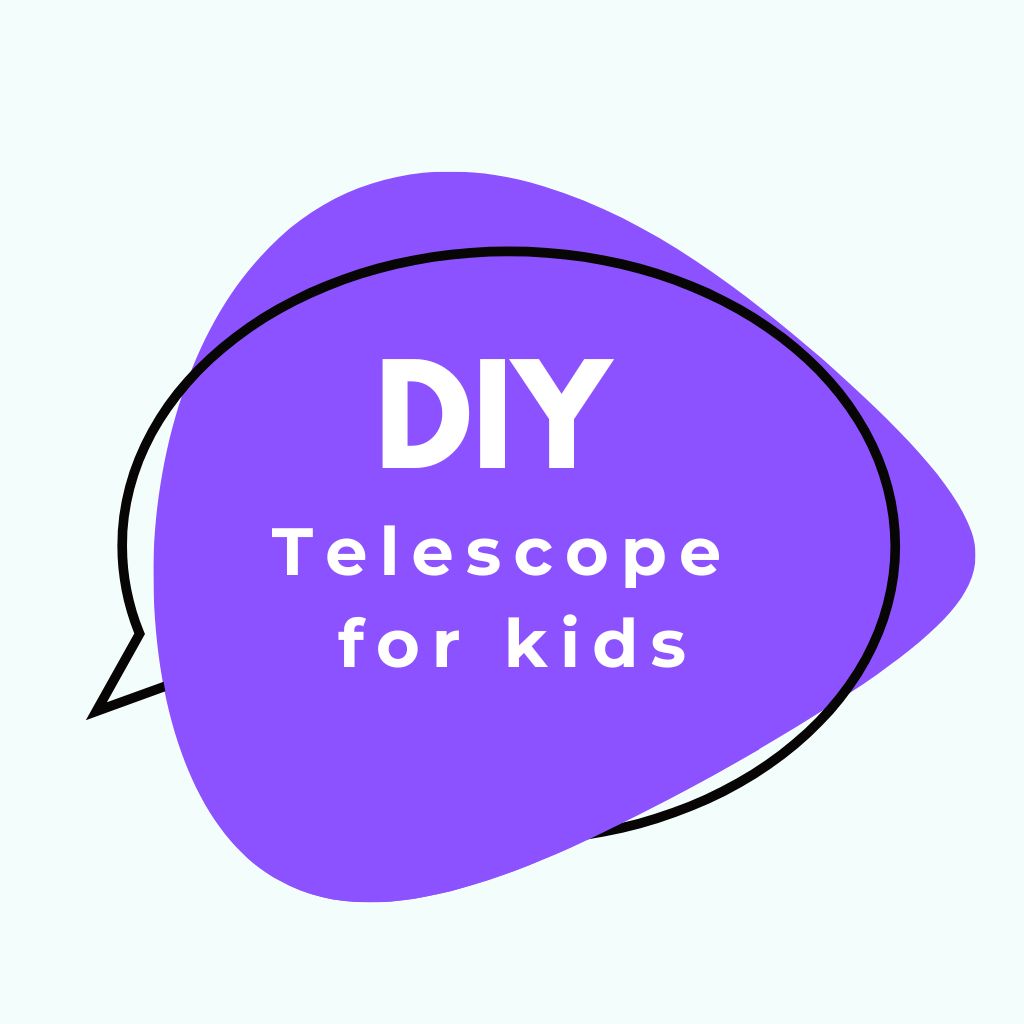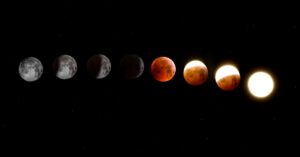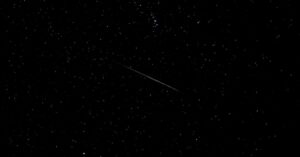This site contains affiliate links to products. I may receive a commission for purchases made through these links.
I’ve always been fascinated by the stars. There’s something magical about gazing up at the night sky. But you know what’s even better? Helping your kids build their own DIY telescope. It’s a fun, educational project that’ll ignite their interest in astronomy.
Building a DIY telescope for kids isn’t as complex as it sounds. With some simple materials and a little bit of time, you can create a functional telescope that’ll allow your kids to explore the universe from their own backyard.
This hands-on project not only provides a unique learning experience but also sparks creativity and curiosity in young minds. So, let’s dive into the world of stars, planets, and galaxies together and create an unforgettable experience for your little astronomers.
Choosing the Right Materials
Let’s dive right in. First things first, you need to think about the materials. After all, they’re the building blocks of this DIY telescope project. You’d be surprised to know that some of these items might already be in your home, just waiting to be transformed into tools of astronomical wonder.
One of the primary components you’d want to focus on is the telescope tube. PVC pipe or an old poster tube can be repurposed for this very need. They’re sturdy and can withstand the onslaught of enthusiastic little astronomers.
Next up is the lens. It’s the heart of the telescope! This piece of shaped glass is what allows our eyes to see far-off cosmic bodies. I’d recommend a convex lens with a long focal length. Why is that? A longer focal length yields a larger image size and reduces the overall distortions that some lenses may cause.
Then there’s the eyepiece, the actual spot where you’ll peer into space. The lens inside this minor component magnifies the image created by the telescope’s main lens. Consider a 10X magnification lens; it’s perfect for beginning astronomers.
Finally, don’t forget about the mount. Remember that your homemade telescope needs stability. A tripod, if available, can be quite effective for the same. You can also think about an adjustable clamp to mount your telescope on a railing or ledge.
To summarize the components:
| Component | Material |
|---|---|
| Telescope tube | PVC pipe or old poster tube |
| Lens | Convex lens with a long focal length |
| Eyepiece | Lens with 10X magnification |
| Mount | Tripod or adjustable clamp |
Understanding the Basics of a Telescope
Now that we’ve discussed the main materials you’ll require, let’s dive a little deeper into how a telescope works. It’s understanding these basics that dictates how we use our chosen materials.
A telescope’s primary role is to gather light. The more light it gathers, the better the eventual image. The big convex lens or mirror at the end of the telescope tube — the one oriented towards the stars — that’s called the objective. It’s this piece that’s responsible for catching as much light from the distant object as possible.
Next in line would be our eyepiece. After the objective collects light, it focuses it to a point. This construct of arranged light is where the eyepiece comes into play. Typically, an eyepiece re-shapes the light into a precise tube that your eye can view.
Lastly, the length of the telescope also plays its part. It’s what we call the focal length. That’s the distance between the objective lens and the focus point of the light it’s collecting. Considering the objective and eyepiece we’ve chosen, they’ll dictate our telescope’s focal length. This measurement doesn’t affect clarity, but it impacts the field of view and magnification capabilities. The tube’s length needs to account for the location of the eyepiece and our desired field of view.
That somewhat sums up the secrets behind a telescope’s ability to bring the stars closer. More than anything, it’s about manipulating light in the right way. The magic sophistication lies in the balance and harmony of these core components: objective, eyepiece, and the right focal length.
We’ll be using these fundamental principles as our guide when we start assembling our homemade telescope. Now, let’s proceed with our instructions and get to work.
Step-by-Step Guide to Building a DIY Telescope
After grasping the basic principles of a telescope’s operation, I’ll now guide you through the process of creating your own. This DIY telescope for kids project will be a wonderful experience that merges fun and learning.
First, gather your materials. You’ll need:
- Two magnifying glasses with different magnification levels
- Cardboard tubes (two different sizes so they can slide into each other)
- Tape
- Scissors
Next, we’ll assemble our components. Insert the smaller magnifying glass into one end of the bigger tube and secure it using tape. That’s your objective lens.
Slide your smaller tube into your larger one, adjust for fit and comfortable viewing. On the outer end of the smaller tube, place the larger magnifying glass (now your eyepiece) and secure it with tape.
For the focal point adjustment, simply slide the smaller tube in and out of the bigger one. Remember, this will affect your magnification and field of view, keywords inherited from the basic principles we talked about earlier!
To make your telescope sturdier, you can cut out two cardboard circles and place them inside the larger tube at each end to hold the lenses in place.
That’s it! Fuse your inner astronomer and architect in this unique project. Stay curious, keep experimenting. Get creative – maybe add some decorations or stickers to personalize your new DIY telescope.
| Step | Material | Role |
|---|---|---|
| 1 | Magnifying glass (small) | Objective lens |
| 2 | Magnifying glass (large) | Eyepiece |
| 3 | Cardboard Tube (large) | Telescope body |
| 4 | Cardboard Tube (small) | Adjustable focal length |
Adjusting and Calibrating Your Telescope
Now that we have built our DIY telescope, the fun part begins. It’s time to adjust and calibrate our handmade device. Calibration is a fancy term for orienting our apparatus so it can accurately focus at different distances.
Setting the Focal Length
First, let’s adjust what is known as focal length. That’s basically how far the image is from the magnifying glass once it’s been focused. It varies mainly depending on the lenses used. To find the right spot, I like to use a far-off object, like a tree or a high-rise building. Look through your telescope and carefully slide the inner tube in and out until your object comes into clear view. Once you’ve got it, that’s where you want to fix your lens.
To fix it in place, use a bit of tape. I’d also recommend marking the spot with a marker, so you can quickly find your ideal focal length next time you use your telescope.
Manipulation and Maneuverability
Having done that, consider maneuverability. This is all about how you’d handle your telescope and aim it at different things in the sky. You might find it useful to add some handles or a shoulder rest to your device. Maybe you want your telescope to sit on a tripod. Feel free to get creative here, making your telescope as user-friendly as possible.
Testing and Tweaking
Finally, the last part of the calibration process is to test your telescope. Choose some different targets, both near and far, and see how your telescope performs. You might need to tweak and adjust it a bit more – and that’s okay, it’s a part of the process.
So with these steps your telescope should be all set and ready to explore the universe. Or at least your backyard! We’ve now fine-tuned the device, adjusted it for optimal usage, and got it ready for some stargazing fun. Remember, it’s a DIY project – no two telescopes will be exactly the same. So feel free to experiment and make it your own.
Fun Activities and Projects Using Your DIY Telescope
Got your DIY telescope completed already? That’s terrific! Now, let’s dive into some amusing activities and beguiling projects you can do using this homemade device. Engaging in these activities will not only offer thrilling fun but also instill a profound understanding of astronomy in your kids.
You can kick-start a Stargazing Night. I’m positive there’s nothing more alluring to young minds than the infinite sky filled with shimmering stars. Each constellation holds a multitude of tales! You can teach your kids about famous constellations such as Cassiopeia, Big Dipper, Orion, and so on. They’ll absolutely love the storytelling part! Inculcate in your kids the habit of maintaining a Stargazing Journal to keep track of their observations.
Another exciting project is to Capture Moon Craters. With the aid of your DIY telescope, the moon’s surface will reveal an astonishing level of detail. Your kids can sketch the moon’s landscape as seen from their telescope. After several observations, they’ll begin to notice the moon’s phases and understand the concept of moon waxing and waning. It’ll be a brilliant way to introduce lunar science to them.
Finally, harness the charm of Meteor Showers. Kids are always intrigued by the idea of shooting stars. With your DIY telescope, it’s possible to identify meteor showers such as the Perseids, Leonids etc. The awe-inspiring moment of seeing a meteor with their very own eyes will fuel their interest towards the mysteries of space even more.
Conclusion
Building a DIY telescope for kids isn’t just a fun project. It’s a fantastic way to spark their interest in astronomy. With simple materials like magnifying glasses, cardboard tubes, and a bit of creativity, they can have their very own telescope. The joy doesn’t stop there. They’ll have a blast observing the moon’s craters, meteor showers, and the twinkling stars.
This hands-on experience not only entertains but also educates, deepening their understanding of the cosmos. So, let’s get crafting and turn those little eyes towards the sky. Who knows? You might be nurturing the next Galileo!






